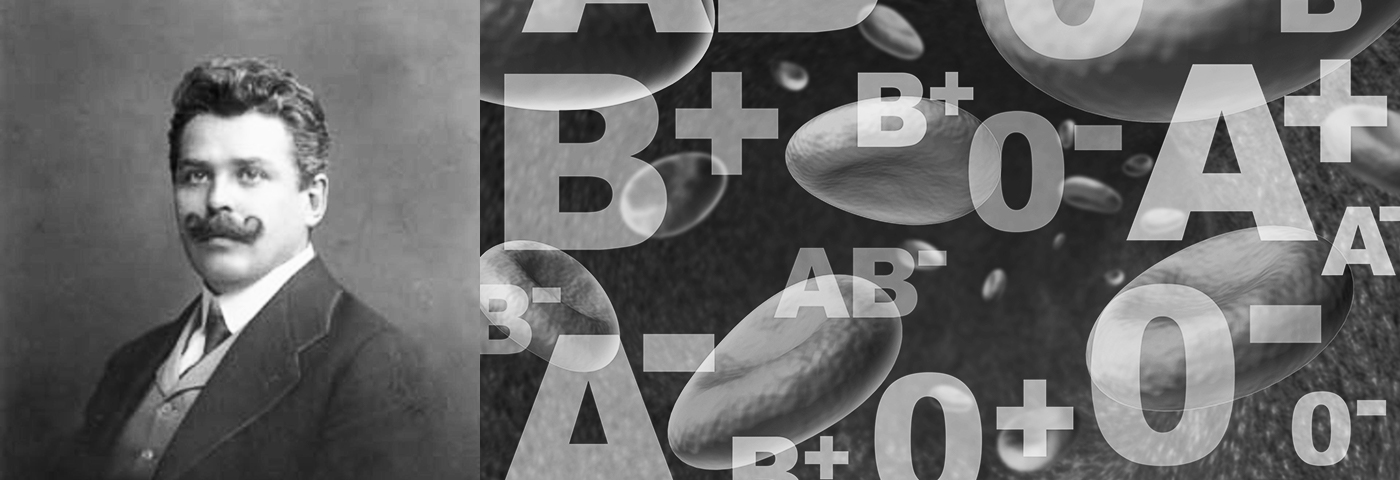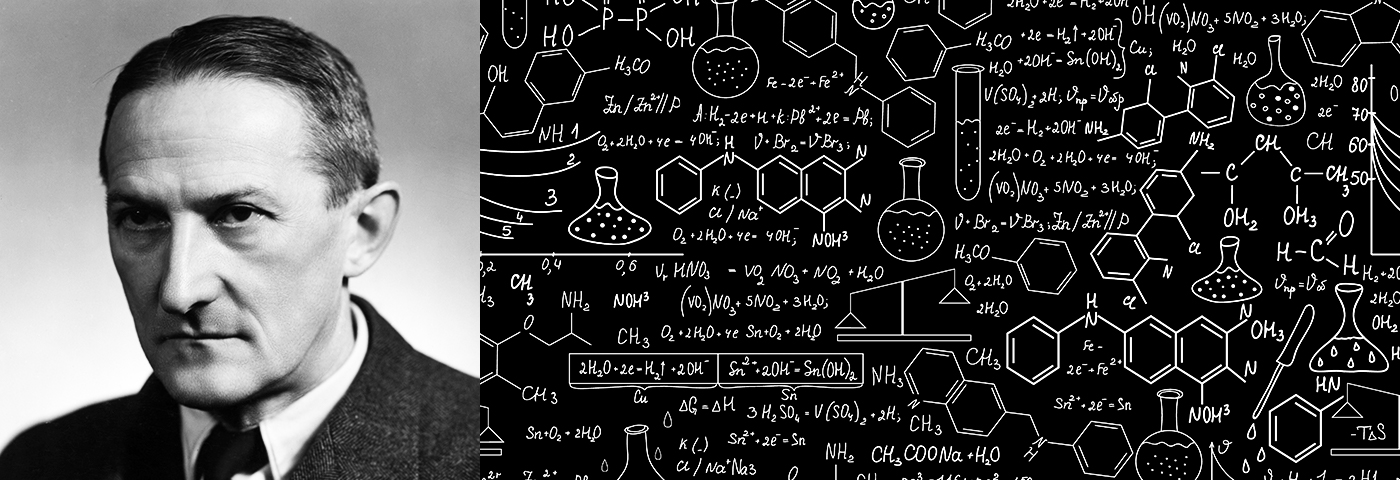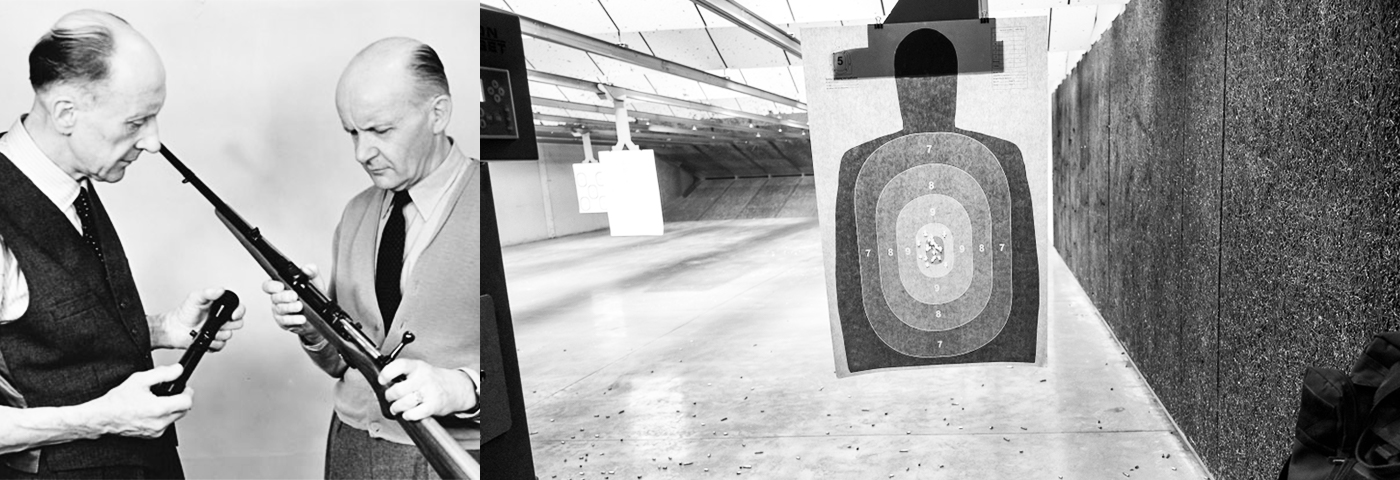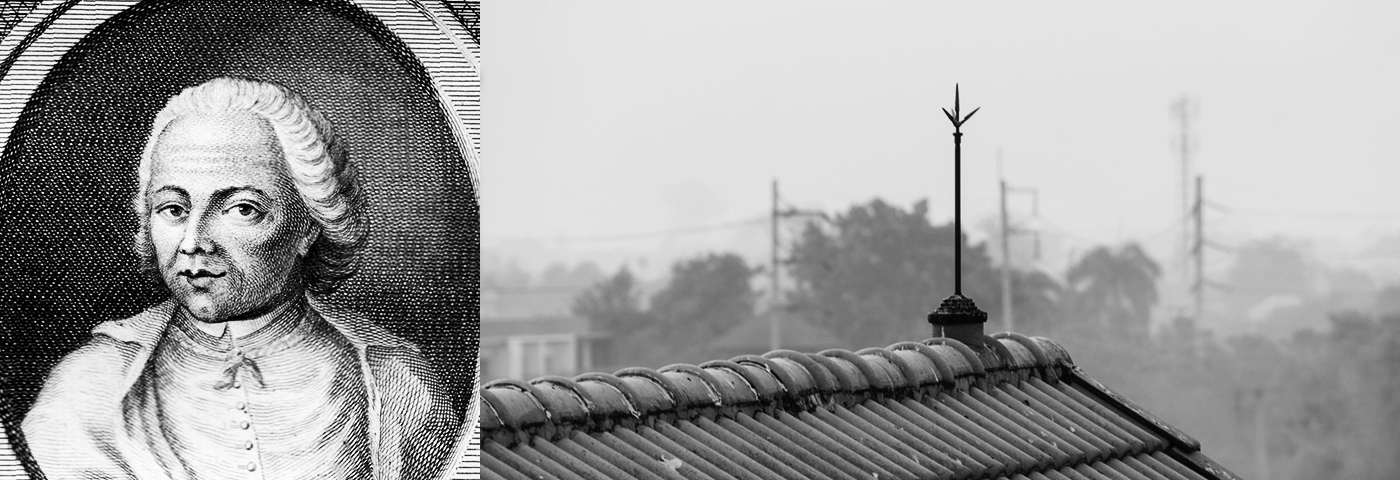Czech Footprint:
Inventions and Inventors

There is a national saying that Czechs have hands of gold. In other words, they are dexterous craftsmen. Take a look at the discoveries and inventions the Czechs are responsible for.
16. 11. 2018 Škoda World Heritage

































